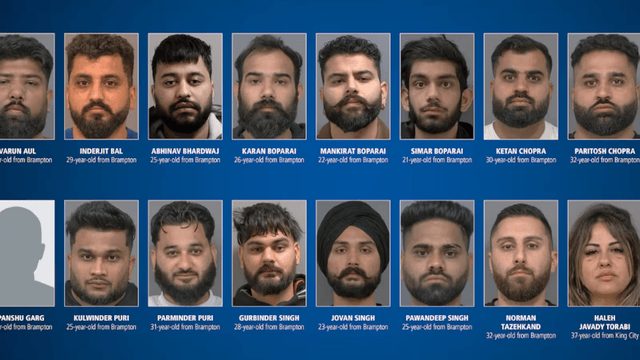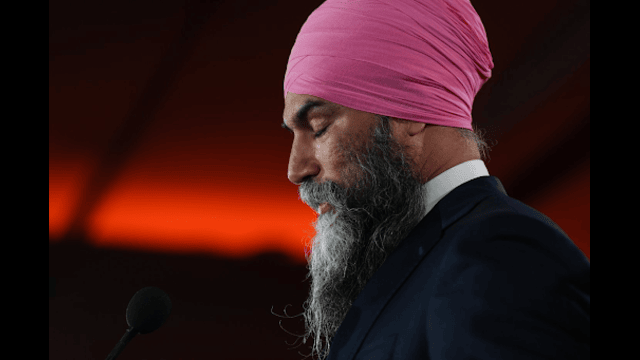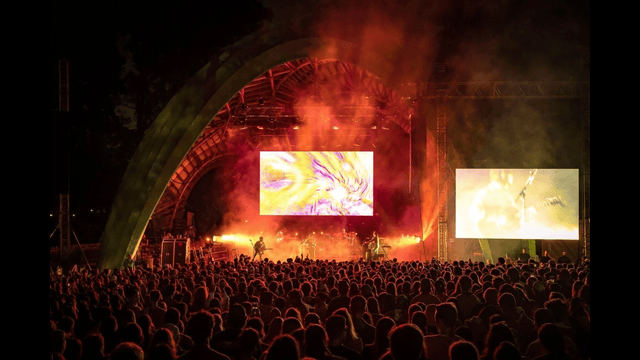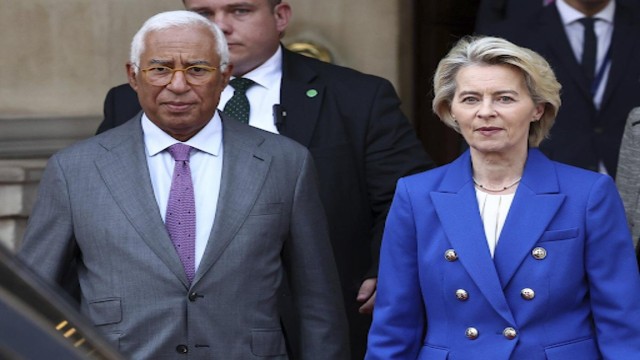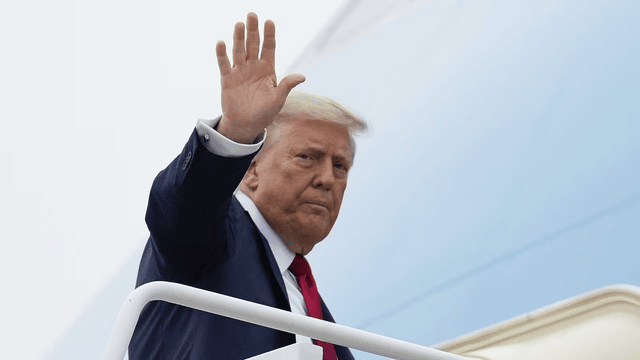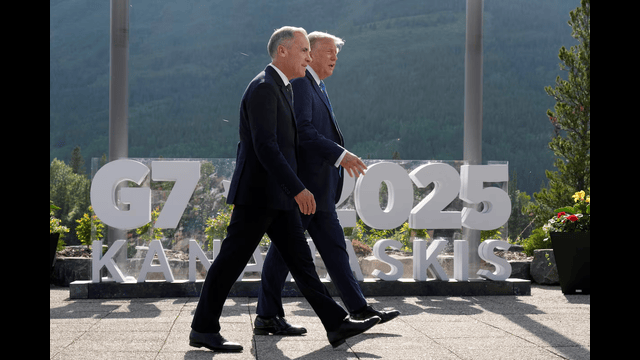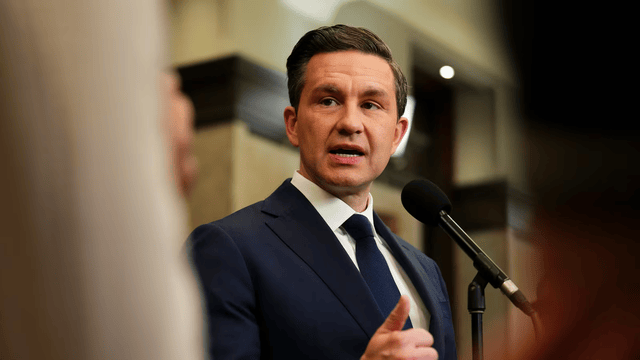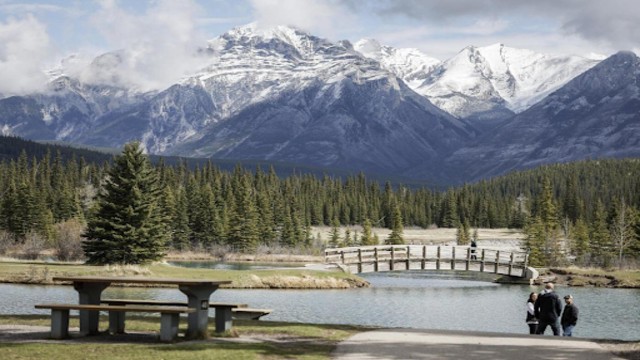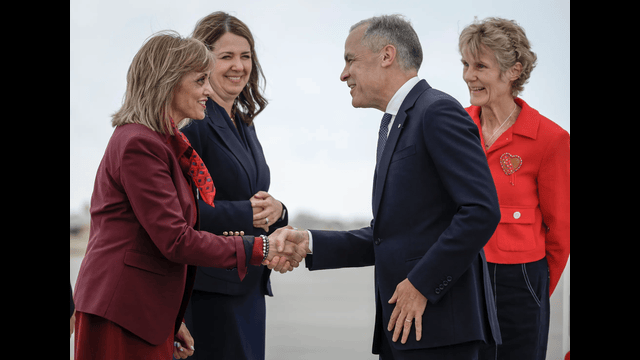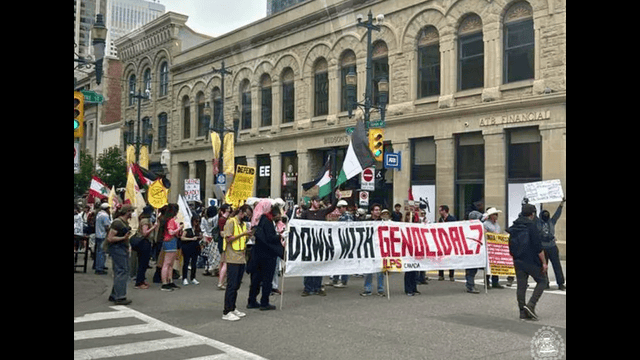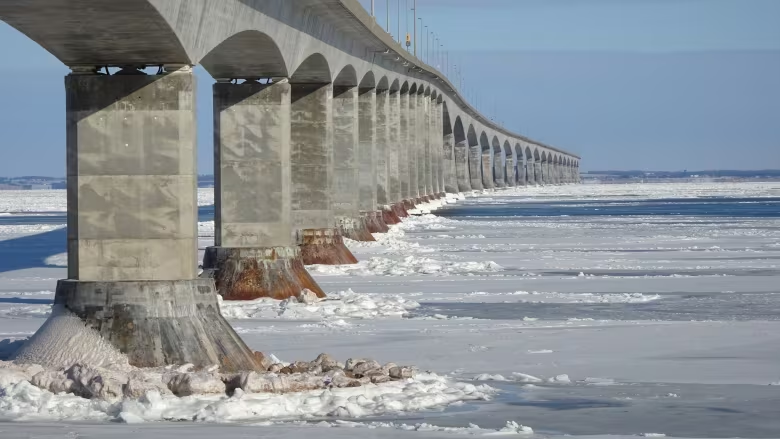
The name "Confederation Bridge" wasn't the initial pick by a committee tasked with suggesting names for the project in the 1990s. However, when it officially opened in 1997, the bridge claimed the title of the world's longest freestanding structure over ice-covered waters. This information comes from Jane Robertson, as reported by CBC.
The call for renaming Confederation Bridge has reignited with fervour, as Senator Brian Francis, backed by a coalition of fellow legislators, urges the federal government to christen the iconic structure as Epekwitk Crossing. This initiative was initially supported unanimously by the P.E.I. Legislature two years ago, is framed within the broader context of Indigenous reconciliation.
In a recent letter addressed to Prime Minister Justin Trudeau and Public Services Minister Jean-Yves Duclos, Francis underscores the pressing need for action, stressing the widespread support behind the proposed renaming. The significance of this endeavour is profound, symbolizing a step towards recognizing Indigenous heritage and fostering meaningful reconciliation.
Epekwitk, the proposed name for the bridge, holds deep cultural significance, signifying "something lying on the water" in the Mi'kmaq language. Francis's advocacy aims to rectify what he sees as a historical oversight, wherein the federal government opted for the name Confederation Bridge over the committee-recommended Abegweit Crossing in the 1990s.
Charlottetown MP Sean Casey acknowledges the prolonged bureaucratic process surrounding the issue, emphasizing the need for decisive action amidst growing anticipation. Despite unanimous support from local legislators and officials, the path to implementation remains veiled in uncertainty.
While the federal government reassures ongoing consideration of the matter, the absence of a concrete timeline underscores the complexity of enacting such a change. As discussions persist, the debate over the bridge's identity reflects broader conversations around Indigenous rights and the imperative of reconciliation in contemporary Canada.


